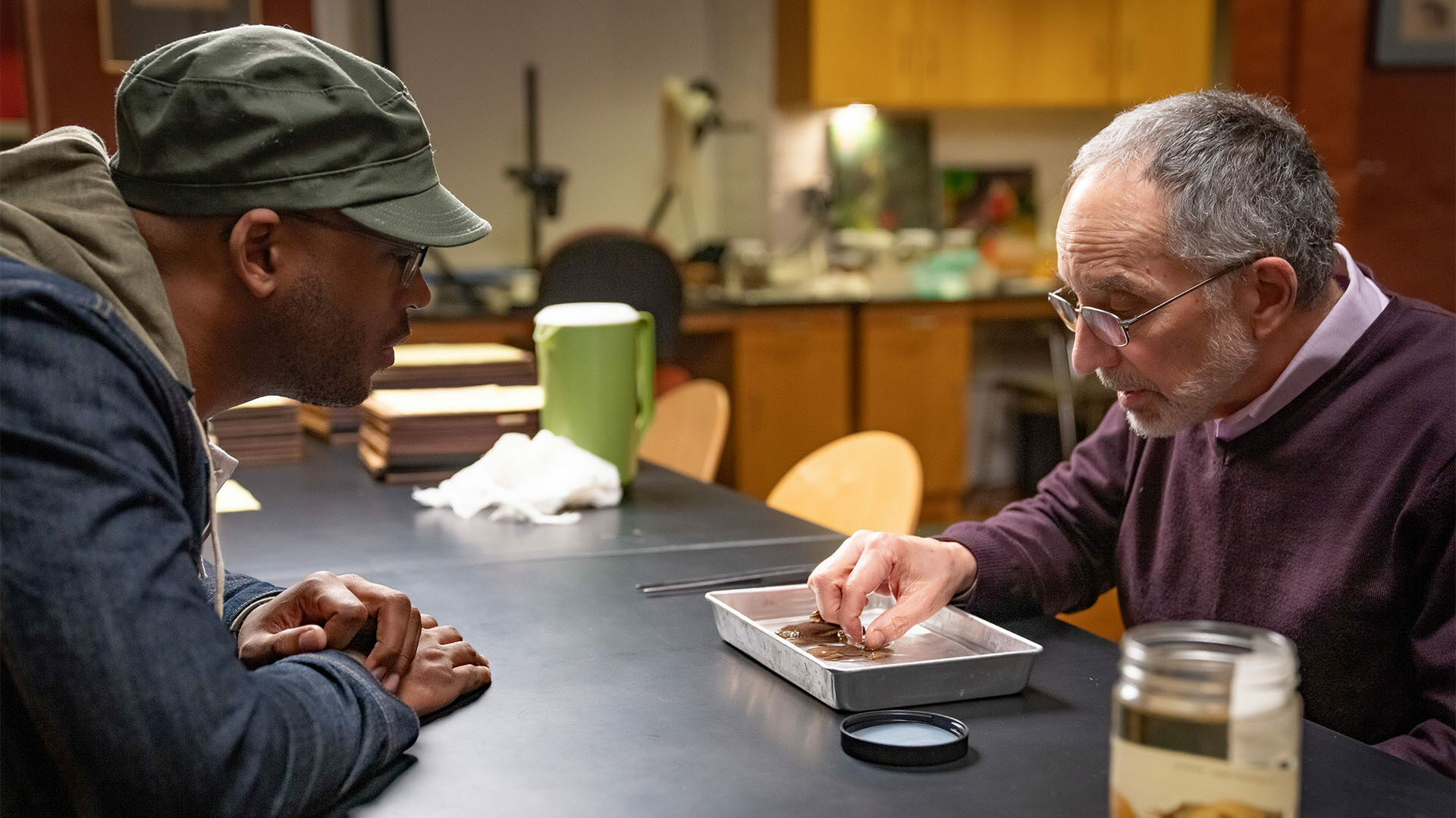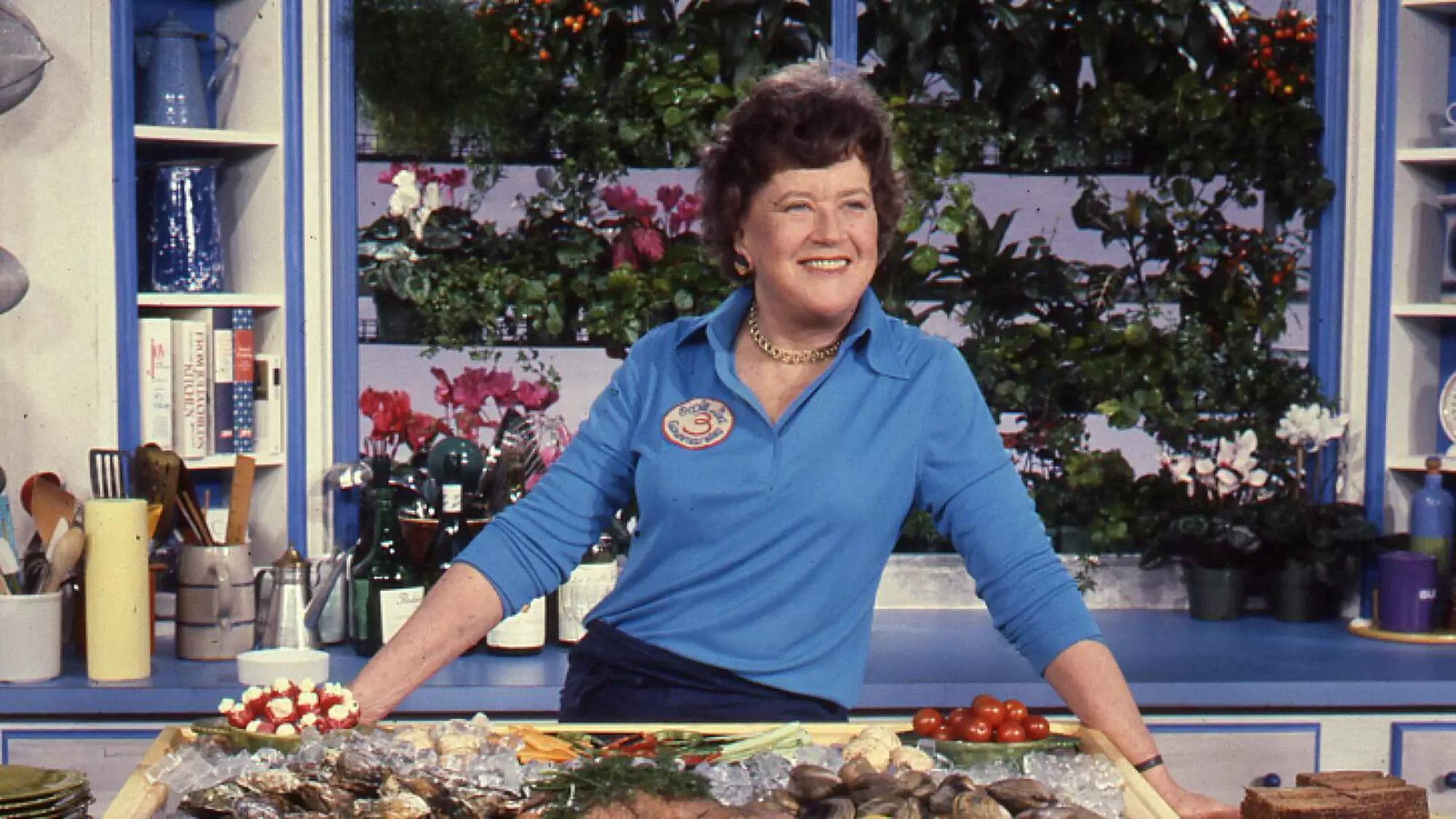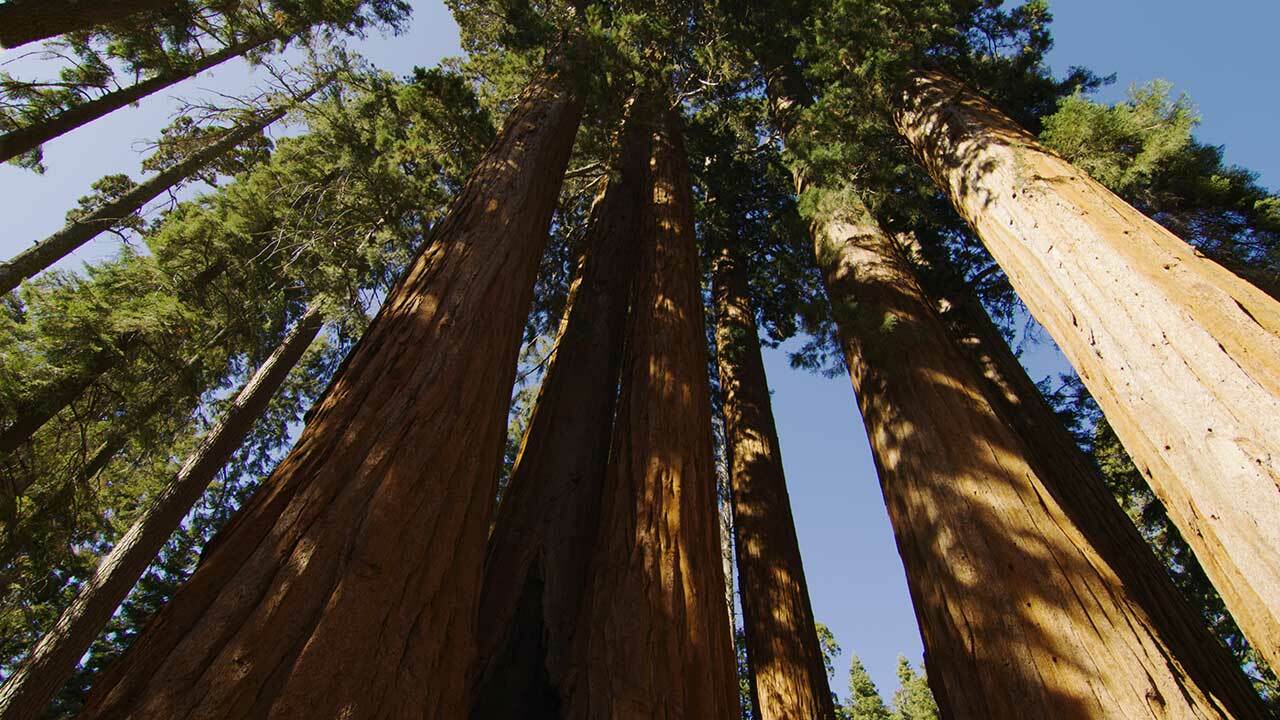Invasive species are like aliens from your favorite science fiction movie: They land in someone else’s habitat and decide to stay a while. Of course, that causes all kinds of trouble for their new neighbors. These non-native plants and animals often don’t have predators in their adopted homes, so they spread fast and consume natural resources at alarming rates. Worse yet, they create impacts that can harm economies, food production, human health and more.
In “Human Footprint” on PBS, Biologist Shane Campbell-Staton gets up-close and personal with invasive species you may not have realized were invaders at all. Could your favorite plant or animal be on the list? You might be surprised.

5 Little-Known Invasive Species
It’s easy to think of invasive species as uninvited guests, but as Shane discovers throughout his journeys in “Human Footprint,” that’s not always the case. We didn’t just bring these living things into non-native habitats; in many cases, we encouraged them to stick around.
Here are just a few plants and animals that aren’t actually native species:
Cats
That’s right: Your very own furry friend is considered an alien species throughout the world. (Shane was surprised, too!)
Because birds, small mammals and other prey didn’t evolve to survive this cuddly predator, the native ecosystem can suffer. In fact, on an island south of New Zealand, a cat named Tibbles and her kittens caused the extinction of the Stephens Island wren in 1894.
Horses
Despite being a symbol of the American West, wild horses don’t biologically belong in this region. Researchers estimate that there are 10x as many horses in the West as the land can sustain. Nonetheless, we have a complicated relationship with these majestic creatures — a connection Shane explores throughout “Human Footprint.”
Support your local PBS station in our mission to inspire, enrich, and educate.
Green Iguanas
Green iguanas are an exotic species wreaking havoc on native wildlife, plants and natural areas in Florida. As one of the state’s “Prohibited Species,” this big lizard digs burrows that erode sidewalks, threatens endangered tree snails and carries salmonella that may infect humans.
Cheatgrass
Cheatgrass was accidentally introduced to the U.S. in the mid-1800s. Since then, this purple-tipped species has wiped out native plants in dry ecosystems and even impacted wildfire frequency. Thanks to tiny barbs, cheatgrass seeds can catch your clothes and use your movement to spread even farther.
Hawaiian Pineapples
Like Shane, you probably think of pineapples and Hawaii as one and the same — but as it turns out, this fruit actually came from South America in the 19th century. Many of the state’s other species, including amphibians and reptiles, have a similar story.
Why Invasive Species Matter
Invasive plant and animal species are still spreading today, causing immeasurable damage to native ecosystems and rapidly consuming natural resources. By accelerating climate change, reducing biodiversity, causing economic hardships, posing health hazards and creating other risks, these species make life harder for other living things.
Fortunately, there are ways to control invasive plants and animals. Early detection and prevention are among the most efficient approaches, but people around the world are digging up noxious weeds, hunting fast-growing animals like the Asian carp and even establishing kitty curfews.
Learn To Recognize Non-Native Species
Did you know you can help protect your own native habitat and the plant and animal populations you live alongside? All you have to do is recognize invasive species and find out what you can do locally to stop them in their tracks.
That’s exactly what Shane does in “Human Footprint.” To join in on his adventures with native and invasive species, watch full episodes on PBS.

The PBS 'What to Watch' Weekly Newsletter
What to Watch delivers the best shows and content PBS has to offer each week.




